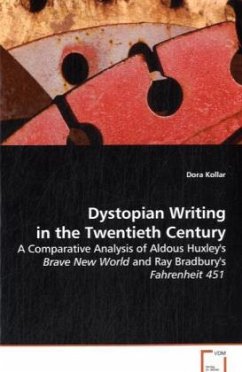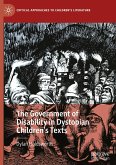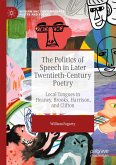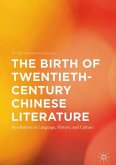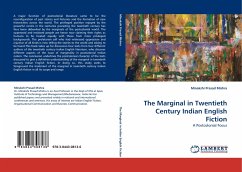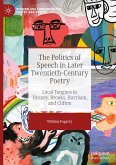Many emblematic books of the twentieth century fallinto the category of dystopian writing or fiction.But what exactly is dystopian fiction? What are thetypical characteristics of this genre, if there areany? What makes these books unique? What is the aimof dystopian writing? What can we learn from thesestories?This book is trying to answer these questions,mainly through the comparative analysis of AldousHuxley's Brave New Word and Ray Bradbury'sFahrenheit 451.After a brief, yet relevant first part about thedevelopment and common characteristics of dystopias,the book focuses on revealing these recurrent themesin the two novels. Besides, the analysis will showhow books that follow a certain tradition can stillbe unique and very different from each other.Finally, there is a chapter dedicated to thepossible pedagogical implications of such texts inan EFL classroom.This book brings together all the knowledge that isrequired to approach, analyse, and employ dystopianliterature.

